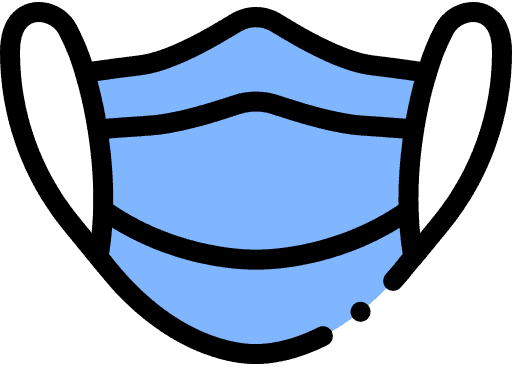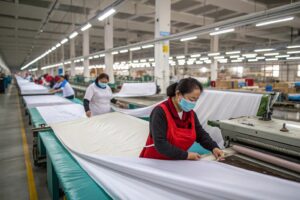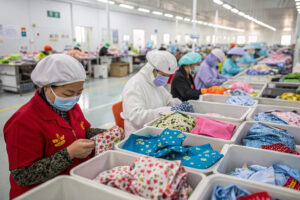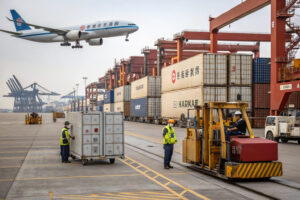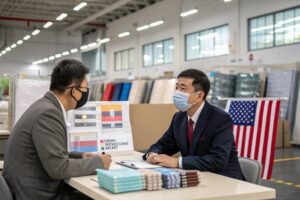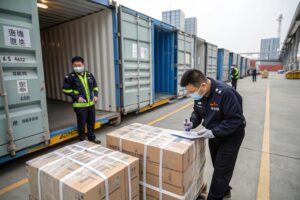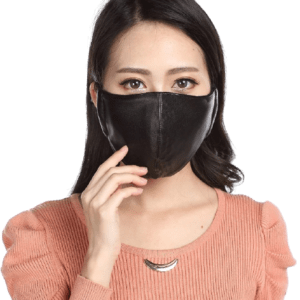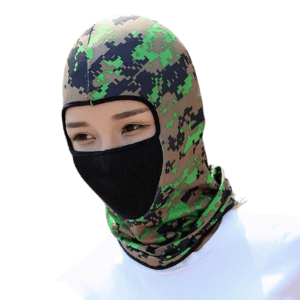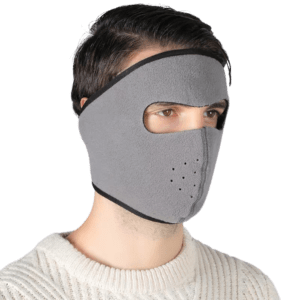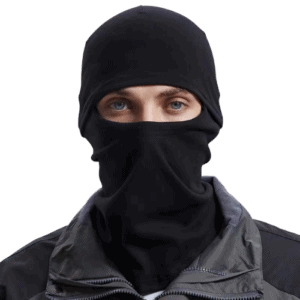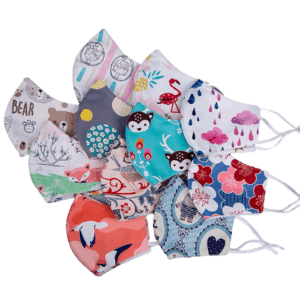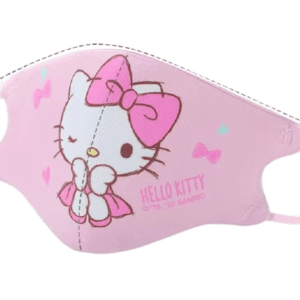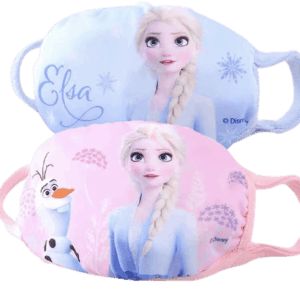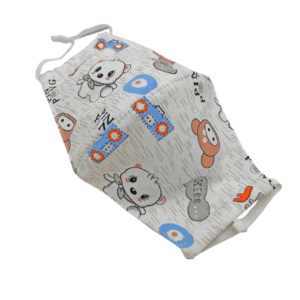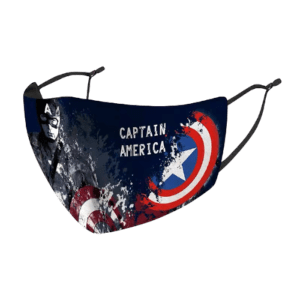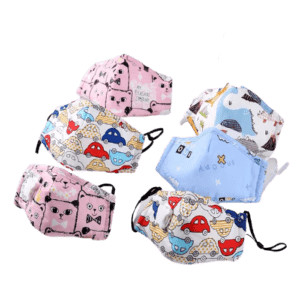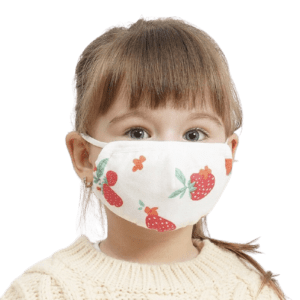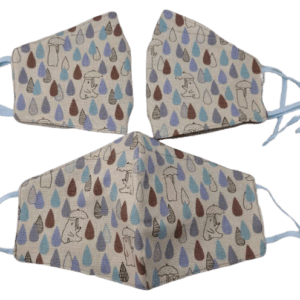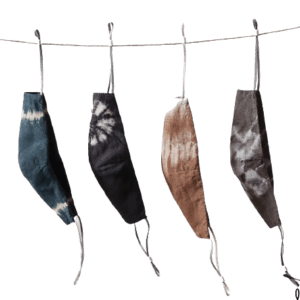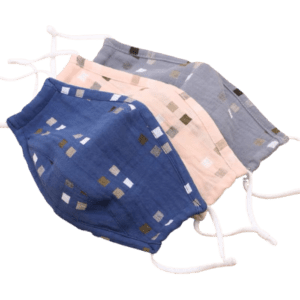You’ve perfected your pleated mask design, chosen the fabric, and prepared packaging. But one question remains: is it internationally compliant?
Meeting global mask standards isn't just about aesthetics—it's about function, filtration, material safety, and consumer trust.
In this article, I’ll walk you through how we help brands—from startups to major retailers—ensure that their custom pleated fabric masks are not only stylish, but also meet safety and quality benchmarks across key markets.
What Are the Key Global Standards for Fabric Masks?
As fabric face masks became mainstream globally, regulatory bodies responded with formal testing guidelines.
For your pleated mask to be export-ready, you need to align with standardization frameworks recognized by your target markets.

Which Standards Should I Pay Attention To?
Here are the most widely accepted standards for non-medical fabric face coverings:
| Region | Standard Name | Focus Areas |
|---|---|---|
| USA | ASTM F3502-21 | Filtration, breathability, labeling |
| EU | CWA 17553:2020 | Particle filtration, durability |
| France | AFNOR SPEC S76-001 | Design geometry, fabric structure |
| Japan | JIS T9001 | Microbial resistance, fitting |
| Australia | AS 4381 (non-medical use) | BFE, fluid resistance |
Each standard includes guidelines for material testing, mask geometry (pleats and coverage), and even labeling language.
See more on the ASTM International site or European CEN's CWA explanation.
Are These Mandatory?
In many retail channels—especially Amazon, Walmart, or major European distributors—yes. While not always legally enforced, these standards are often buyer requirements for safety assurance and import clearance.
How Can I Test My Pleated Mask for Filtration and Breathability?
Pleated masks are popular due to their flexibility and layered capacity—but their design must allow proper airflow and particle retention.
Testing ensures your pleats aren’t just for looks—they must enable performance.

What Is Filtration Efficiency (PFE)?
PFE measures how well your fabric blocks particles (commonly 0.3–3.0 µm). ASTM F3502 requires at least:
- Level 1: ≥20% filtration
- Level 2: ≥50% filtration
We run in-house PFE tests using TSI 8130A equipment, and third-party verification through Intertek and SGS.
What Is Differential Pressure?
This measures breathability, or how much resistance the mask creates when inhaling. It’s usually required to be:
- Under 15 Pa/cm² for good comfort
- Lower for children's or athletic masks
For pleated styles, this depends on the number of layers, material GSM, and whether there’s an inner meltblown filter.
What Are the Labeling and Packaging Rules for Exported Masks?
Your packaging isn’t just a box—it’s a declaration of compliance.
Labeling errors are one of the top reasons fabric mask shipments get delayed or rejected by customs.

What Must Be Included?
Most compliance systems require:
- Product name + type (e.g., “Reusable Pleated Fabric Mask”)
- Material composition (cotton, polyester, etc.)
- Standard met (ASTM F3502, CWA 17553)
- Batch number and production date
- Care instructions (using ISO laundry symbols)
- Manufacturer + country of origin
We offer pre-approved label templates for Amazon FBA and European importers.
How Should It Be Displayed?
Print directly on:
- Primary retail box
- Each polybag (if individually wrapped)
- Outer shipping cartons
QR codes linking to digital compliance reports are now popular and reduce customs hold-ups.
How Does Our Factory Support Compliance for Pleated Mask Clients?
We don’t just manufacture masks—we guide you through the entire compliance journey.
From tech pack development to shipment inspection, we build your design around passing international standards.

What Compliance Support Do We Offer?
Here’s our typical workflow:
- Tech pack alignment: We adjust pleat depth, stitch angle, and coverage to meet geometric specs.
- Fabric pre-testing: All fabric is tested for shrinkage, colorfastness, and air permeability.
- Mockup certification: Sample masks are sent to SGS or Intertek for PFE and pressure testing.
- Label design: We embed standard language, QR tracking, and laundry symbols.
Can You Handle Third-Party Audits?
Yes. We regularly coordinate audits from:
- Bureau Veritas
- TÜV SÜD
- Buyer-nominated local agents
Our internal pass rate for compliant fabric masks is 98.2% thanks to our QR-backed digital quality logs and inspection checklists.
Conclusion
Creating a beautiful pleated mask isn’t enough—it needs to breathe well, filter particles, and be correctly labeled to meet global expectations. By aligning with international standards like ASTM F3502 and CWA 17553, and partnering with a compliant factory, you not only pass inspection—you build long-term brand trust.
